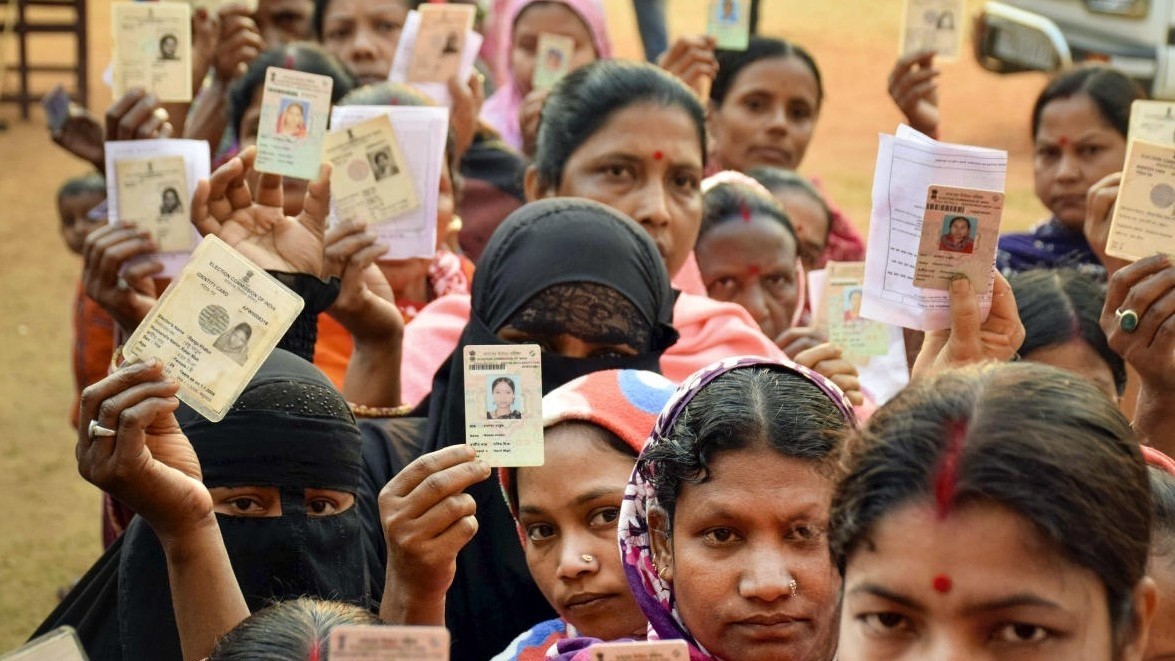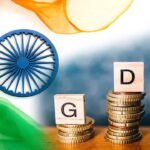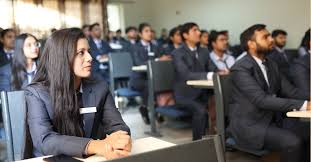
Will UP’s Upcoming Elections Change the Power Dynamics?
- admin
- November 21, 2025
- Elections, Uttar Pradesh
- 0 Comments
A State Poised for Transformation
As Uttar Pradesh (UP) gears up for its next elections, the political landscape is rife with speculation. With the Bharatiya Janata Party (BJP) dominating the state since 2017, opposition parties like the Samajwadi Party (SP), Bahujan Samaj Party (BSP), and Congress are strategizing to challenge the status quo. But will these elections truly alter the balance of power, or will entrenched political dynamics persist?
Key Metrics
- Current Assembly Composition (2022):
- BJP: 255 seats
- SP: 111 seats
- BSP: 1 seat
- Congress: 2 seats (Election Commission of India)
- Vote Share:
- BJP: 41.3%
- SP Alliance: 32%
- BSP: 12.9%
- Congress: 2.3%
- Population Demographics:
- Youth (15–34 years): 32%
- Dalits: 21.1%
- Muslims: 19.26% (Census 2011)
Factors That Could Shift Power Dynamics
1. Opposition Unity
The opposition’s ability to challenge the BJP hinges on forging alliances and presenting a unified narrative.
- SP’s Role: As the primary opposition, the SP must expand its appeal beyond its Yadav-Muslim base to include non-Yadav OBCs and marginalized communities.
- BSP’s Dilemma: Mayawati’s diminishing influence poses questions about whether the BSP can regain its Dalit stronghold.
- Congress: The party’s relevance in UP politics remains minimal, but its focus on grassroots mobilization could yield localized gains.
2. Caste and Community Dynamics
Caste remains a central factor in UP elections.
- BJP’s Strategy: Consolidating upper castes, non-Yadav OBCs, and non-Jatav Dalits has been key to its success.
- Opposition Tactics: Fragmented caste groups, including Rajbhars, Nishads, and Jatavs, will be courted by all major parties.
3. Women and Youth Voters
Women and young voters are emerging as pivotal groups.
- Women’s Turnout: Female voter turnout surpassed male turnout in 2022, reflecting growing political awareness.
- Youth Aspirations: High unemployment and demand for better education and opportunities make the youth vote crucial.
4. Economic and Social Issues
Key issues like unemployment, inflation, and law and order will significantly influence voter sentiment.
- BJP’s Narrative: The party emphasizes development projects, welfare schemes, and law enforcement improvements.
- Opposition’s Critique: Rising inflation, limited job creation, and allegations of communal polarization form the core of their counter-narratives.
Challenges to a Power Shift
1. BJP’s Stronghold
With a robust organizational network and the backing of central leadership, the BJP remains a formidable force. Its narrative of development and Hindutva continues to resonate with large sections of the electorate.
2. Opposition Fragmentation
Despite sharing common goals, opposition parties often struggle with coordination and conflicting agendas, weakening their electoral impact.
3. Regional Disparities
Development is unevenly distributed across the state, with urban areas benefiting more than rural regions. How effectively parties address these disparities could sway rural voters.
What Needs to Happen for Change?
- Unified Opposition
- Collaboration among SP, BSP, Congress, and smaller regional parties is essential to counter the BJP’s dominance.
- Focus on Core Issues
- Addressing unemployment, education, healthcare, and rural development must take precedence over identity politics.
- Inclusion of Marginalized Voices
- Caste and community narratives need to shift from tokenism to meaningful representation and empowerment.
- Engaging Youth and Women
- Policies and programs that resonate with these groups’ aspirations could prove decisive.
Conclusion
Uttar Pradesh’s upcoming elections have the potential to redefine its political landscape. While the BJP’s organizational strength and development narrative provide continuity, the opposition’s ability to unify, mobilize marginalized communities, and address key voter concerns will determine whether a power shift is possible.
The elections are not just a contest of numbers but a reflection of the state’s evolving socio-political fabric, where the stakes for progress, representation, and governance have never been higher.



